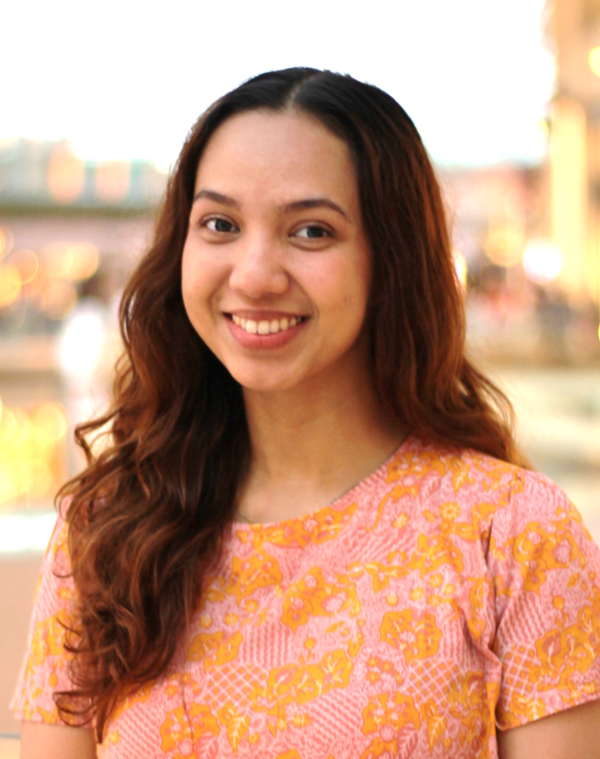
We are delighted to introduce the next contribution to our New Principal Investigators collection.
Read the paper
Design strategies for organelle-selective fluorescent probes: where to start?
Samira Husen Alamudi and Yong-An Lee

Meet the Principal Investigator
 After completing her BSc at Universitas Indonesia (UI), Samira Husen Alamudi received her PhD in chemistry from the National University of Singapore (NUS) in 2015 under the supervision of Prof. Young-Tae Chang. She then pursued postdoctoral studies at NUS and later worked as a Research Fellow at the Agency for Science, Technology and Research (A*STAR), Singapore, with Prof. Young-Tae Chang and Prof. Ichiro Hirao until 2021. She subsequently worked in the biotechnology industry before joining UI in 2023, where she is currently an assistant professor. Her research interests include the development of small fluorescent probes for monitoring intracellular dynamics in native cellular environments.
After completing her BSc at Universitas Indonesia (UI), Samira Husen Alamudi received her PhD in chemistry from the National University of Singapore (NUS) in 2015 under the supervision of Prof. Young-Tae Chang. She then pursued postdoctoral studies at NUS and later worked as a Research Fellow at the Agency for Science, Technology and Research (A*STAR), Singapore, with Prof. Young-Tae Chang and Prof. Ichiro Hirao until 2021. She subsequently worked in the biotechnology industry before joining UI in 2023, where she is currently an assistant professor. Her research interests include the development of small fluorescent probes for monitoring intracellular dynamics in native cellular environments.
You’ve recently started your own group, what are the big research question/s your group will be focussing on?
Our research focuses on advancing the development of fluorescent probes for monitoring intracellular dynamics in native cellular environments. While numerous target-specific probes exist, many still face classic challenges such as poor selectivity, membrane impermeability, high background noise, and instability in complex biological systems. We aim to address these limitations by leveraging structure-function relationships to design effective labelling tools. Ultimately, our goal is to contribute innovative molecular tools that can drive new biological discoveries and therapeutic advancements.
What inspired you to get into science?
My fascination with science began at an early age when I asked my father, “What makes us human?” and “What lies behind the moon?“, to which he responded with “Those are such big questions for such a little girl“, only fueled my curiosity further. During high school, I became deeply intrigued by how biomolecules interact to create life’s complexity. This passion for chemical biology solidified during my doctoral studies when I first encountered the power of fluorescence imaging. The ability to visualize cellular processes in vibrant colors was captivating, revealing hidden aspects of biology behind beautiful images. This further inspired me to develop tools that could aid in disease diagnosis, drug discovery, and beyond.
What advice would you give to those who are seeking their first group leader position?
Starting a research group is both an exciting and daunting transition. To succeed as a group leader, it is essential to embrace both the scientific and leadership aspects of the role. One of the most important lessons I have learned is the value of prioritizing mentorship and building strategic collaborations. Investing time in fostering a supportive and collaborative environment helps students thrive, while establishing meaningful partnerships accelerates progress and creates new opportunities. Science is a long journey, but with passion and perseverance, it is undoubtedly a rewarding one.










